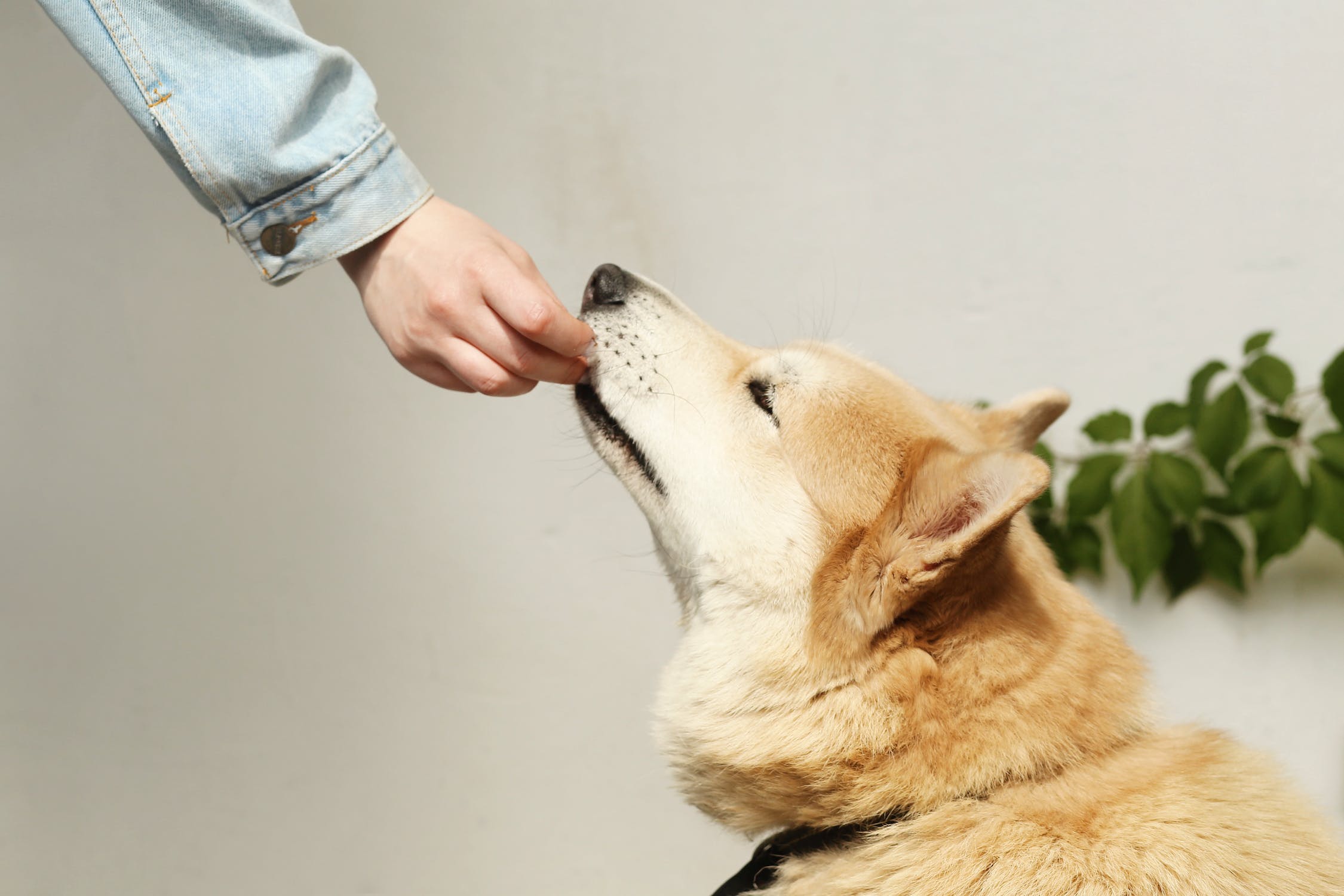How does my pet select their food?
by Ontario SPCA and Humane Society | Cat Care Dog Care Interesting | May 5, 2023

Ever wonder how animals decide what they like to eat? And why a furry friend that wants to eat beef or salmon off your plate turns their nose up at pet foods with these flavours?
Dogs and cats choose their food differently than humans. Humans have about 9,000 taste buds, making taste a primary driver in choosing what we like to eat. But dogs have less than 20% of the taste buds we do, and cats only have about 5%, so flavour is much less important to them.
If dogs and cats don’t primarily select the food they like based on taste, how do they choose? And how can we use this knowledge to select diets our animals will love?
Aroma
Ever had a furry friend walk away from their food dish without even having a taste? Before taking a bite, cats and dogs take a sniff. And their sense of smell is much more sensitive, with 7 to 22 times more smell receptors than humans!
Ease of grasping
Once a food has passed the sniff test, it’s time to take a bite. Food that is difficult to grasp and chew can be frustrating for an animal. Kibble size, shape and density can all affect how well an animal can pick up their food.
Mouth Feel
Even the tastiest food can be unappealing if it doesn’t have the right crunch. How a food feels in a cat or dog’s mouth is an important part of deciding if they like a food. Texture, temperature and taste play big roles here!
Post ingestion
Palatability doesn’t end once the food is swallowed. Animals will remember how a food made them feel during digestion and may avoid certain foods that didn’t sit right. Selecting ingredients for their nutrients and digestibility can affect post-ingestion sensations.
Categories
Testimonial
As an animal lover all the work you do
As an animal lover all the work you do to help ensure that every dog and cat can find their forever home that is filled with love is greatly appreciated.
